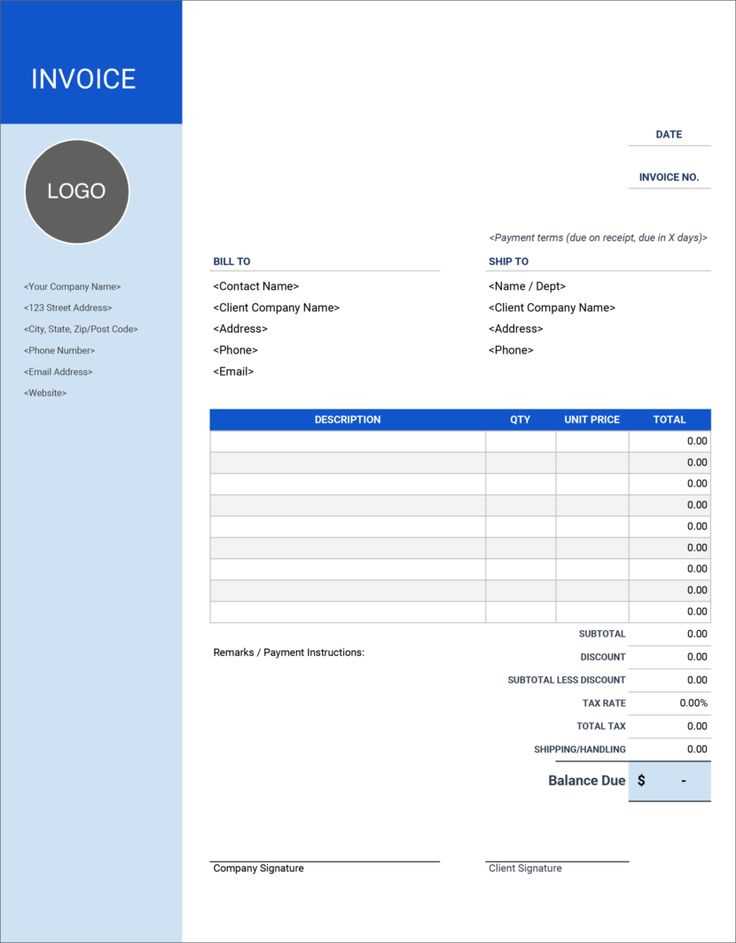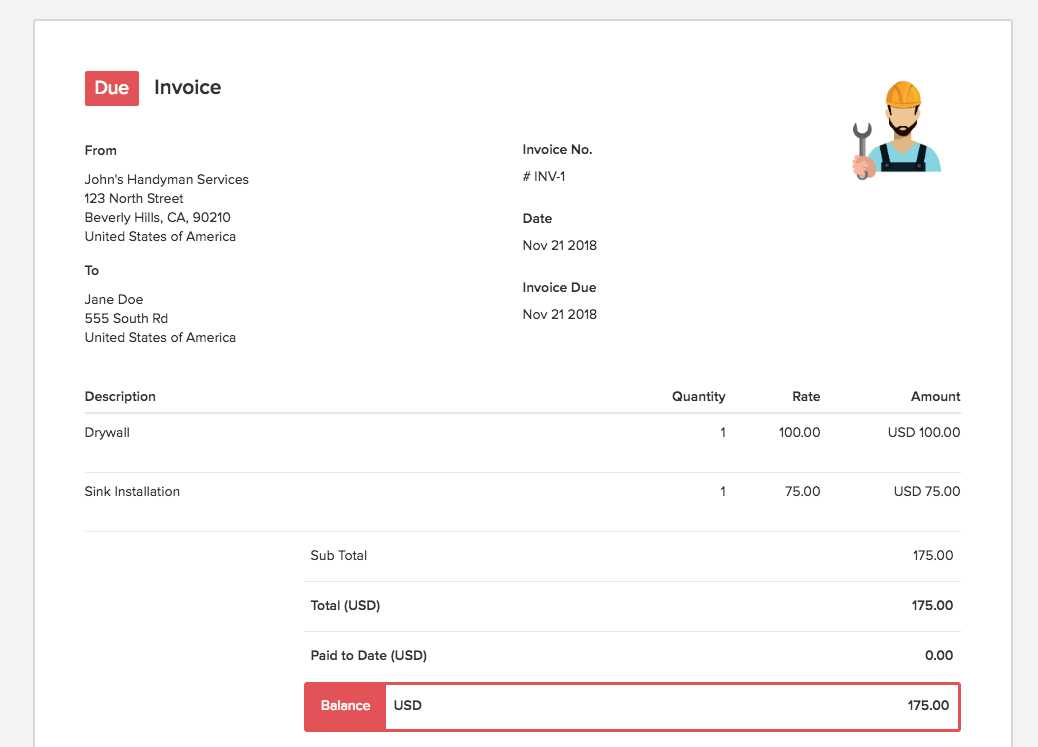
Key Elements of a Handyman Service Receipt
A well-structured receipt ensures transparency and simplifies financial tracking. Include these essential details:
- Business Information: Name, address, contact number, and email.
- Client Details: Name, address, and contact information.
- Date of Service: Clearly specify when the work was completed.
- Invoice Number: Use a unique identifier for easy reference.
- Service Description: List each task performed with brief details.
- Cost Breakdown: Show individual service prices, labor costs, and material expenses.
- Taxes and Discounts: Specify applicable taxes and any discounts provided.
- Total Amount: Display the final amount due, including all charges.
- Payment Method: Indicate whether the payment was made by cash, card, or other means.
- Terms and Conditions: Include relevant policies on refunds or warranties.
Sample Handyman Receipt Template

Use this format as a reference when creating your own receipt:
---------------------------------------- HANDYMAN SERVICE RECEIPT ---------------------------------------- Business Name: ________________________ Address: ______________________________ Phone: ___________ Email: ____________ Client Name: __________________________ Client Address: _______________________ Phone: ___________ Email: ____________ Date of Service: _______________ Invoice Number: ________________ Service Description: - _____________________________ $_____ - _____________________________ $_____ - _____________________________ $_____ Labor Cost: $_____ Material Cost: $_____ Taxes: $_____ Discounts: -$_____ ---------------------------------------- Total Amount: $_____ Payment Method: ________________ Notes: _________________________ ----------------------------------------
Optimizing Your Receipt Process
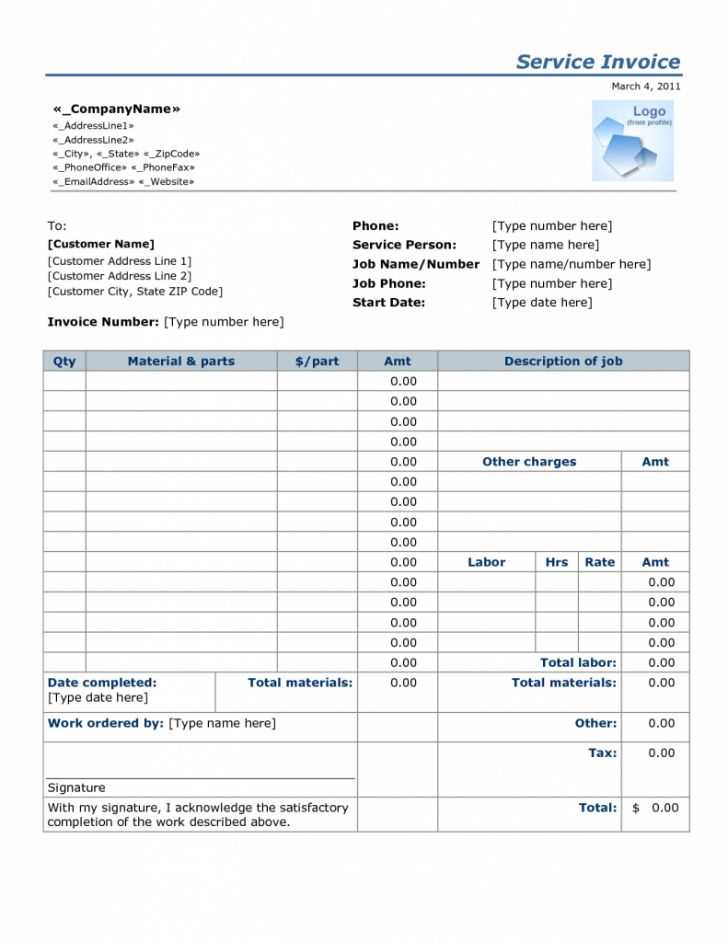
For added efficiency, consider using digital tools such as invoicing software or mobile apps. Many platforms offer automated calculations, cloud storage, and customizable templates to save time and reduce errors.
Handyman Service Receipt Template
Key Elements to Include in a Service Receipt
Legal and Tax Considerations for Receipts
Customizing a Template for Different Job Types
Digital vs. Paper: Choosing the Right Receipt Format
Best Practices for Storing and Organizing Documents
Free and Paid Resources for Receipt Templates
Key Elements to Include in a Service Receipt
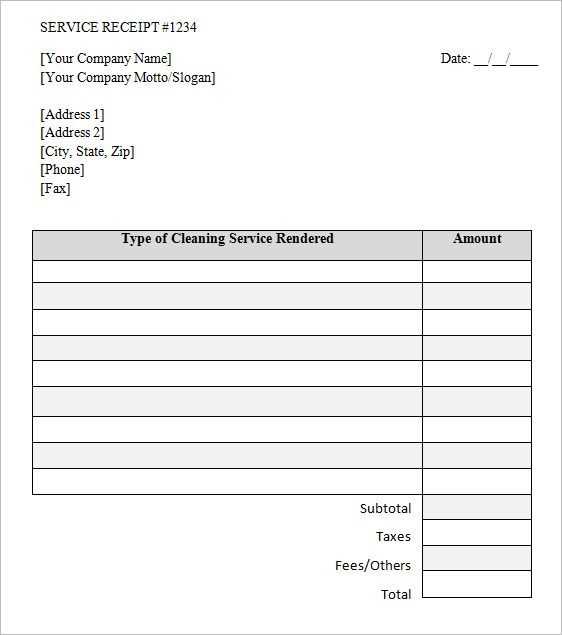
Every handyman service receipt should list the business name, contact details, and a unique receipt number. Include the client’s name, address, and the service date. Clearly itemize services provided, specifying labor hours, materials used, and individual costs. Show the subtotal, taxes, and the final amount due. State the payment method and any warranties or return policies if applicable.
Legal and Tax Considerations for Receipts
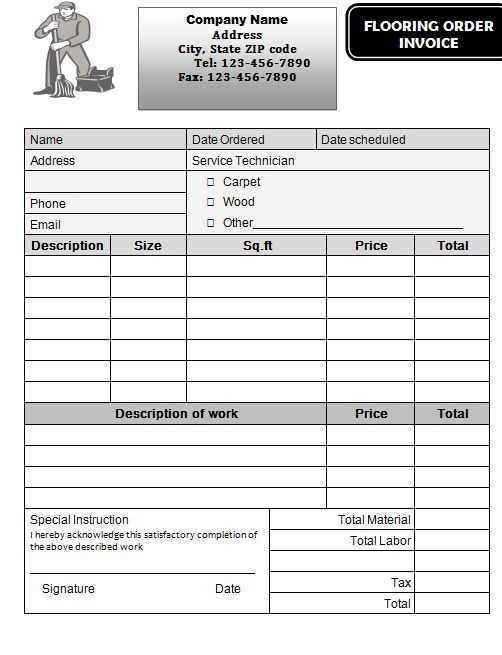
Receipts must comply with local tax regulations. Include tax identification numbers if required and apply the correct sales tax. For self-employed handymen, keeping detailed records ensures accurate tax filings and protects against disputes. If providing services across state or country lines, verify tax obligations for each region.
Digital receipts offer easy organization and quick retrieval, while paper receipts serve clients who prefer physical copies. Whichever method you choose, ensure receipts are stored securely and remain accessible for audits or customer inquiries.
